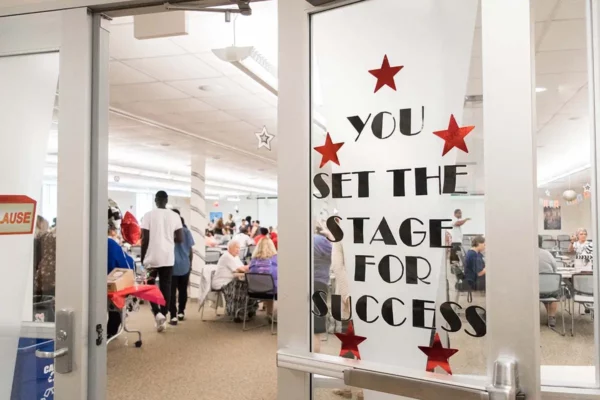In the Austin community, children are abused, neglected and exposed to violence at the hands of their caregivers, family members and friends, and often the adults in their lives are ill-equipped to identify or report their child abuse.
According to the Texas Department of Family and Protective Services, in 2014 there were 2,157 confirmed child victims of abuse/neglect in Travis County. While this number may seem high, it is only an approximation of the prevalence of abuse comprised only of cases reported into the child protection system. There are likely many more children who are too afraid or ashamed to tell someone about their abuse or whose outcries are met with disbelief and inaction. Unfortunately, child abuse is a crime that often occurs in environments of denial and fear – where often caregivers and community members are afraid to confront the possibility of child abuse that they do little to prepare themselves to respond when they have suspicions. As a result, suspected abuse is not always reported.
“The Center for Child Protection is here to help children once an outcry has been made,” Michael Torres, Center for Child Protection executive director, said. “It is important for protective parents and caregivers to understand the signs of abuse so they are able to report it and prevent it from happening in the future.”
Child abuse can be sexual, physical, emotional or neglectful. If you recognize any of the following signs or symptoms in your child, you should calmly talk to your child about their experiences and actively listen.
- New Fears – Situations, places or people can cause a new fear and even cause the child to become shy, anxious or withdrawn.
- Emotional Behaviors – As a protective parent, be aware of any emotional changes you may begin to see in your child that are outside the norm – whether it’s anger, frustration, shyness, etc.
- Inappropriate Sexual Behaviors – A child experiences a range of sexual behaviors depending on age. Any behaviors that are unusual for the child’s age range may be a sign of abuse.
- Unusual Sleeping Patterns – The inability to sleep, difficulties staying asleep and/or nightmares may develop due to the trauma caused by abuse.
- Eating Habits – If abuse has occurred, a child may begin to show a disinterest in eating and a sudden loss of appetite or may cope by overeating.
- School Performance – Abuse may cause an inability for a child to concentrate, which can directly affect his/her school performance, grades and behavior.
- Loss of Boundaries – A child or teen may be overly friendly and attached to total strangers, tolerate abuse from other children or become overly obedient.
- Self-destructive – A child or teen may feel guilt and shame from an abuse and begin hurting themselves, including hitting or cutting, drug and alcohol use or even a suicide attempt.
As parents and caregivers, there is an instinct to be protective, keep children out of harm’s way and to prevent the bad from happening to the good – the children. Darkness to Light, a nonprofit aimed at ending child sexual abuse, encourages parents to follow these five steps to help protect children:
- Learn the Facts – One in 10 children are sexually abused before turning 18. Over 90% of them know their abuser.
- Minimize Opportunity – Eliminate or reduce isolated, one-on-one situations to decrease risk for abuse.
- Talk About It – Have open conversations with children about the body, sex and boundaries.
- Recognize the Signs – Know the signs of abuse to protect children from further harm.
- React Responsibly – Understand how to respond to risky behaviors and suspicions or reports of abuse.
If you spot the signs of child abuse, you must help stop it and call the toll-free, 24-hour Texas abuse hotline at 1- 800-252-5400 or report online at www.TXAbuseHotline.org. In a life-threatening emergency, call 911 or contact your local law enforcement agency immediately. To report child abuse in a different state, please call the National Child Abuse Hotline at 1- 800-422-4453. For more information about the signs of child abuse and how to prevent it, visit www.SpotItStopIt.org, brought to you by the Center for Child Protection.
Contact Info
Center for Child Protection
8509 FM 969, Building 2
Austin, Texas 78724
Phone: 512-472-1164
Fax: 512-472-1167
Web: centerforchildprotection.org












